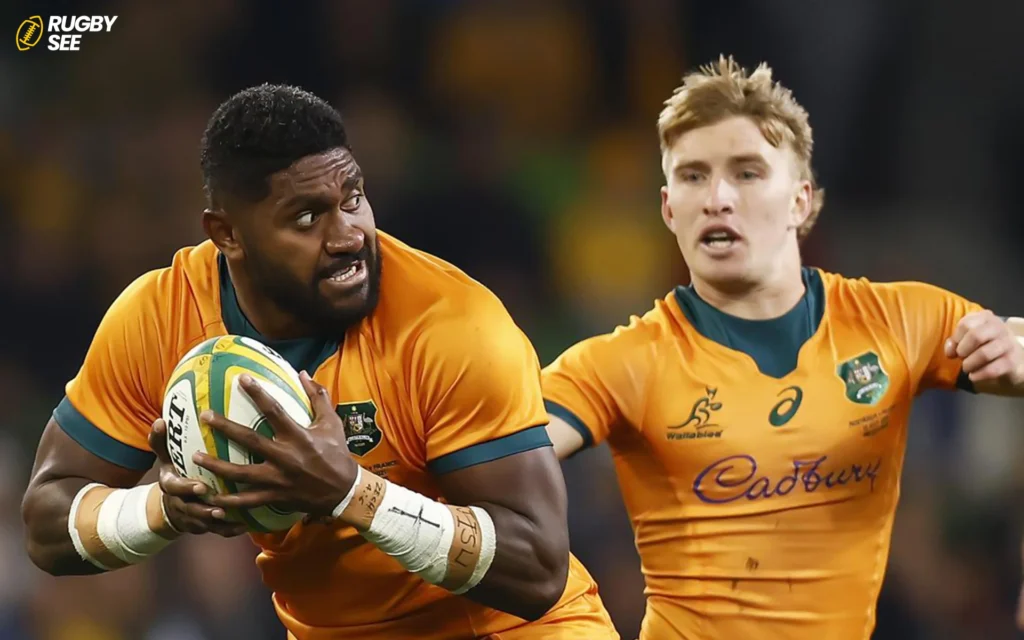Rugby is a sport renowned for its physicality, endurance, and strategic gameplay. Matches can be intense and action-packed, with players exerting themselves for extended periods. If you’re new to rugby or simply curious about the duration of a match, including half-time, you’ve come to the right place. In this article, we’ll explore the typical length of a rugby match, the duration of half-time intervals, and factors that can influence match duration.
The Standard Duration of a Rugby Match
A standard rugby match consists of two halves, each lasting for a set period of time. The duration of each half varies depending on the level of play, with different formats used in various rugby competitions around the world. However, the most common duration for each half of a rugby match is 40 minutes of actual playing time.
Factors Influencing Match Duration
1. Time Stoppages:
Unlike some sports, such as soccer, rugby features frequent stoppages in play. These stoppages occur for various reasons, including injuries, scrums, lineouts, penalties, and conversions. As a result, the actual playing time in a rugby match can extend beyond the official duration of each half.
2. Referee’s Discretion:
The referee has the authority to stop the clock for significant delays or incidents during the match. This discretionary power allows the referee to manage the flow of the game and ensure fairness and safety for all players. However, the referee’s decisions regarding time stoppages can affect the overall duration of the match.

3. Injury Time:
Injury time, also known as added time or stoppage time, is additional time added to each half to compensate for stoppages due to injuries or other unforeseen circumstances. The referee determines the amount of injury time based on the duration and severity of stoppages during the half and if you want to know about being Strong in Rugby read Does rugby make you strong?
Duration of Half-Time Interval
After the completion of the first half, rugby matches typically feature a half-time interval, allowing players to rest, hydrate, and receive tactical instructions from coaches. The duration of the half-time interval varies depending on the level of play and the competition’s regulations. However, the standard duration for half-time in rugby matches is generally around 10 to 15 minutes.
Extended Breaks:
In some cases, such as international or televised matches, half-time intervals may be extended to accommodate additional activities, including entertainment performances, interviews, and analysis. These extended breaks can prolong the overall duration of the match but contribute to the overall viewer experience and engagement.
Embracing the Duration of Rugby Matches
In conclusion, the duration of a rugby match, including half-time, can vary depending on several factors, including the level of play, stoppages, and referee’s discretion. While the standard duration for each half is typically 40 minutes of actual playing time, the total duration of a match can extend beyond this due to stoppages, injury time, and half-time intervals. By understanding the factors influencing match duration, rugby enthusiasts can better appreciate the physical and strategic demands of the sport and enjoy the excitement of each match to the fullest.

Your Feedback Matters
We hope this article has provided valuable insights into the duration of rugby matches and the significance of half-time intervals. If you have any feedback or suggestions for future topics, please don’t hesitate to reach out. Your input helps us create content that meets the needs and interests of our readers. Thank you for your continued support, and enjoy your next rugby match experience!
Managing Match Duration in Rugby
1. Referee’s Role:
The referee plays a crucial role in managing match duration and ensuring the game flows smoothly. They are responsible for monitoring time stoppages, including injuries, substitutions, and other interruptions, and adding appropriate injury time to each half.
2. Timekeeping Devices:
Modern rugby matches utilize advanced timekeeping devices, such as electronic scoreboards and stadium clocks, to track the duration of each half accurately. These devices display the remaining time in real-time, allowing players, officials, and spectators to stay informed throughout the match.
3. Team Strategies:
Teams may employ various strategies to manage match duration effectively. For example, leading teams may seek to control possession and slow down the pace of the game to preserve their advantage, while trailing teams may adopt an aggressive approach to score quickly and change the momentum of the match.

Variations in Match Duration
1. Youth and Amateur Rugby:
In youth and amateur rugby competitions, match durations may differ from the standard format used in professional rugby. Matches for younger age groups or lower-level teams may feature shorter halves to accommodate players’ physical capabilities and developmental needs.
2. Sevens Rugby:
Sevens rugby, a faster-paced variant of the sport played with seven players per team, follows a different match structure compared to traditional fifteens rugby. Sevens matches consist of two halves, each lasting for seven minutes, with a short half-time interval.
3. Extended Play:
In knockout or playoff matches, where a winner must be determined, match duration may be extended to allow for extra time or a penalty shootout if the score remains tied at the end of regular play. These additional periods of play can add further excitement and drama to the match.
Conclusion: Appreciating the Dynamics of Rugby Match Duration
In conclusion, the duration of a rugby match, including half-time, is influenced by various factors, including the level of play, stoppages, and competition regulations. While the standard duration for each half is typically 40 minutes of actual playing time, the total duration of a match can vary based on these factors. By understanding the dynamics of match duration and the factors that influence it, rugby enthusiasts can develop a deeper appreciation for the intricacies of the sport and enjoy the excitement of each match to the fullest and if you want to know about getting paid and making money in Rugby league and Union read Who gets paid more rugby league or union?
Your Feedback Matters
We hope this article has provided valuable insights into the management of match duration in rugby and the variations that exist across different formats and levels of play. If you have any feedback or suggestions for future topics, please don’t hesitate to reach out. Your input helps us create content that meets the needs and interests of our readers. Thank you for your continued support, and may your next rugby match experience be an enjoyable one!










